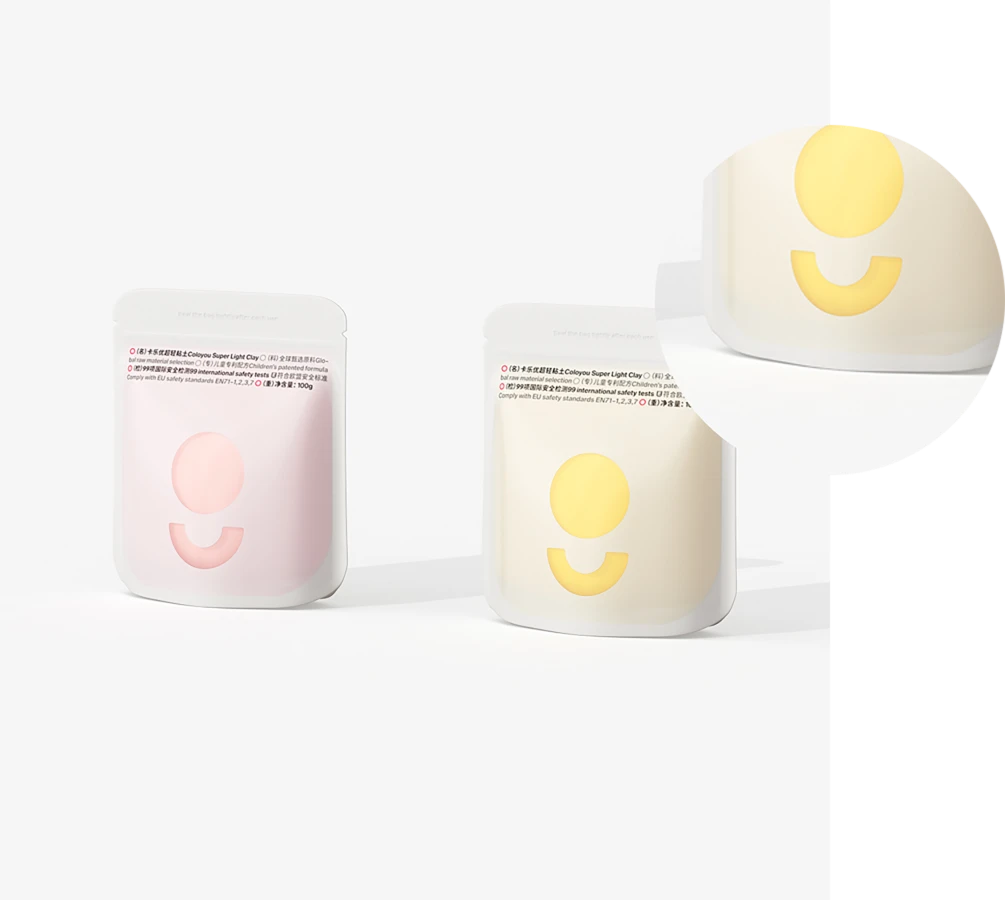- Afrikaans
- Albanian
- Amharic
- Arabic
- Armenian
- Azerbaijani
- Basque
- Belarusian
- Bengali
- Bosnian
- Bulgarian
- Catalan
- Cebuano
- chinese_simplified
- chinese_traditional
- Corsican
- Croatian
- Czech
- Danish
- Dutch
- English
- Esperanto
- Estonian
- Finnish
- French
- Frisian
- Galician
- Georgian
- German
- Greek
- Gujarati
- haitian_creole
- hausa
- hawaiian
- Hebrew
- Hindi
- Miao
- Hungarian
- Icelandic
- igbo
- Indonesian
- irish
- Italian
- Japanese
- Javanese
- Kannada
- kazakh
- Khmer
- Rwandese
- Korean
- Kurdish
- Kyrgyz
- Lao
- Latin
- Latvian
- Lithuanian
- Luxembourgish
- Macedonian
- Malgashi
- Malay
- Malayalam
- Maltese
- Maori
- Marathi
- Mongolian
- Myanmar
- Nepali
- Norwegian
- Norwegian
- Occitan
- Pashto
- Persian
- Polish
- Portuguese
- Punjabi
- Romanian
- Russian
- Samoan
- scottish-gaelic
- Serbian
- Sesotho
- Shona
- Sindhi
- Sinhala
- Slovak
- Slovenian
- Somali
- Spanish
- Sundanese
- Swahili
- Swedish
- Tagalog
- Tajik
- Tamil
- Tatar
- Telugu
- Thai
- Turkish
- Turkmen
- Ukrainian
- Urdu
- Uighur
- Uzbek
- Vietnamese
- Welsh
- Bantu
- Yiddish
- Yoruba
- Zulu
Creative Labels for Handmade Soap Bars to Enhance Your Brand Identity
Labels for Soap Bars The Importance of Branding and Information
In a world brimming with choices, product labels play a pivotal role in influencing consumer behavior and preferences. Soap bars, a staple in personal hygiene, come in myriad varieties, each claiming to offer unique benefits and attributes. The importance of effective labeling for soap bars extends beyond mere aesthetics; it serves as a crucial communication tool that informs, persuades, and captivates potential buyers.
The Power of First Impressions
The label is often the first touchpoint a consumer has with a product. It provides an opportunity to make a strong first impression. A well-designed label can catch the eye, arouse curiosity, and invite consumers to reach for the product. This is particularly relevant in the competitive soap market, where colorful and attractive packaging can differentiate a brand from its competitors. Effective use of colors, typography, and imagery can convey the essence of the soap—be it luxurious, natural, fun, or therapeutic.
Essential Information on the Label
While aesthetics are crucial, the label also serves a functional purpose. It must provide essential information about the product. This includes the ingredients list, which informs consumers about what they are putting on their skin, particularly for those with allergies or sensitive skin. Transparency in labeling is increasingly valued; many consumers prefer products that are free from harmful chemicals like parabens and sulfates. Clear ingredient lists can build trust and credibility, prompting consumers to choose one brand over another.
Moreover, labels often include usage instructions, which can enhance the user experience. For example, certain soaps are designed for specific uses, such as exfoliating or moisturizing. Including clear directions on how to best utilize a soap bar allows consumers to maximize its benefits, fostering brand loyalty and satisfaction.
Branding and Storytelling
labels for soap bars

Labels are an integral part of a brand's identity and storytelling. They reflect the brand's values and ethos, helping consumers connect on a deeper level with the product. For example, brands that emphasize sustainability often use eco-friendly packaging and highlight their commitment to environmentally conscious practices on their labels. This can resonate with consumers who are environmentally aware and prefer to support sustainable brands.
Additionally, storytelling on labels can differentiate a brand in a crowded market. Sharing the origin of ingredients, the artisanal methods used in production, or the brand's journey can create a narrative that appeals to emotion. Consumers are more likely to support a brand with a story they can relate to or that aligns with their personal values.
Regulatory Compliance and Safety
Apart from marketing, labels must adhere to regulatory guidelines, which vary by region. This includes safety warnings, allergen information, and compliance with cosmetic regulations. For example, certain regions may require specific labeling for organic products or natural ingredients. Ensuring that labels comply with these regulations not only protects consumers but also shields the brand from potential legal issues.
The Future of Soap Labels
As trends evolve, so do consumer expectations regarding product information and branding. The rise of technology has introduced innovations such as QR codes on labels, allowing consumers to access detailed information about ingredients, sourcing, and sustainability practices with a simple scan. This trend reflects a growing demand for transparency and a desire for consumer empowerment.
In conclusion, labels for soap bars are far more than mere decorations; they serve as powerful tools of communication, branding, and compliance. A well-crafted label can capture attention, inform consumers, and foster brand loyalty. In today’s competitive market, focusing on effective label design and meaningful content is essential for success. As consumers become increasingly discerning, the role of soap bar labels will undoubtedly continue to evolve, shaping the future of personal care products.













